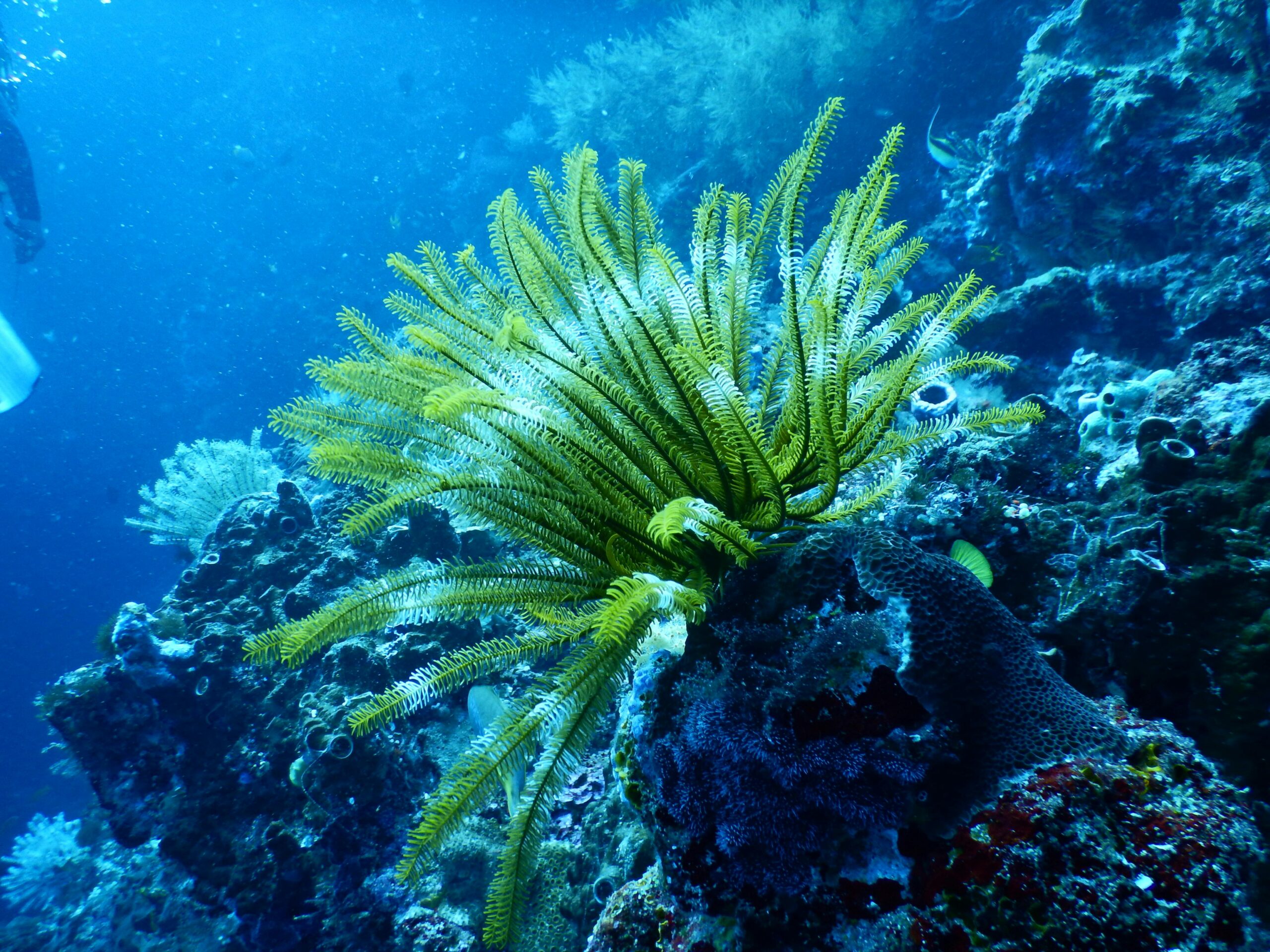Similipal National Park Declared Odisha’s Largest National Park
Similipal National Park’s designation as Odisha’s largest national park in April 2025 marks a historic step for conservation, biodiversity protection, and tribal community development, strengthening India’s broader environmental preservation strategies.
1. Why Was Similipal Declared a National Park in 2025?
On April 26, 2025, the Odisha government officially declared Similipal a national park, culminating decades of conservation efforts. This 845.70 sq km expanse safeguards vital ecosystems, marking it as the 107th national park in India. The move enhances legal protection, strengthens wildlife preservation, and aligns Odisha’s policies with India’s growing commitment to environmental sustainability, as the country targets expanding its protected areas network by an additional 5% by 2030.
2. What Is the Historical Journey Behind Similipal’s Conservation Status?
Similipal’s conservation journey began in 1975 as a wildlife sanctuary and was proposed for national park status in 1980. Despite early recognition of its ecological importance, formal designation faced delays due to administrative and human settlement challenges. This 2025 declaration honors over 45 years of persistent advocacy and scientific studies emphasizing Similipal’s role in safeguarding one of eastern India’s richest forest and tiger habitats.
3. How Rich Is Similipal’s Biodiversity Today?
Similipal hosts extraordinary biodiversity: 55 species of mammals, 361 species of birds, 62 species of reptiles, and 21 species of amphibians. As part of the larger Similipal Tiger Reserve spanning 2,750 sq km, the park supports endangered species like Bengal tigers, elephants, and Indian gaur. With such richness, Similipal now ranks among India’s top 10 most biodiverse national parks, playing a crucial role in Eastern Ghats ecosystem conservation.
4. What Challenges Affected Similipal’s National Park Declaration?
One major hurdle in Similipal’s national park status was human habitation. Six villages were located inside the core zone. While five villages were relocated, Bakua village remained, leading to its exclusion from the park’s legal boundary. Balancing conservation goals with human rights created complexities, reflecting a broader national challenge where approximately 4% of India’s protected areas intersect with indigenous settlements.
5. How Will Similipal’s National Park Status Boost Conservation Efforts?
With national park status, Similipal will benefit from stricter conservation laws and increased central and international funding. The Odisha Forest Department anticipates a 30% rise in financial allocations, enabling better anti-poaching measures, habitat restoration, and eco-tourism infrastructure. Furthermore, the tiger population, whose numbers were recorded at 29 individuals in 2022, is expected to grow with improved habitat security under the new legal framework.
6. How Does Similipal’s Conservation Impact Tribal Communities?
The national park designation aims to integrate local tribal aspirations with conservation initiatives. Odisha’s model promotes sustainable livelihoods like eco-tourism, handicrafts, and forest produce collection. Reports suggest tribal income could rise by 25% through responsible tourism and conservation-linked employment. Thus, Similipal’s development showcases a modern conservation approach where environmental protection coexists with socio-economic upliftment of indigenous populations.
7. What Are the Future Prospects for Similipal National Park?
The Odisha government plans to introduce smart surveillance systems, strengthen buffer zone management, and promote scientific tourism in Similipal by 2027. Additionally, collaborations with organizations like the Wildlife Institute of India will enhance tiger monitoring and biodiversity research. These future-oriented steps ensure that Similipal becomes a model national park for balancing ecological integrity with economic growth in India’s protected area network.
8. What Makes This Story a Must-Read?
Similipal’s transformation into a national park intertwines environmental conservation, social justice, and scientific innovation, offering valuable lessons on sustainable development and biodiversity preservation crucial for India’s future ecological resilience.
Share this content:














Post Comment